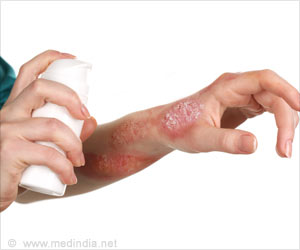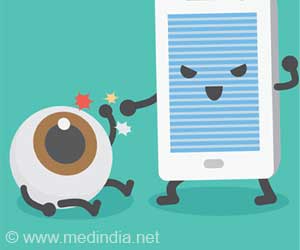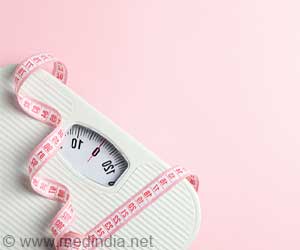Biosensor technology could be used to monitor your health and exposure to dangerous bacteria, viruses and pollutants.
Highlights
- Biosensor technology involves electronically barcoding microparticles, giving them a bar code that identifies them.
- Electronic detection of microparticles allows for ultra-compact instruments needed for wearable devices.
- The technology is greater than 95 percent accurate in identifying biomarkers.
"This is really important in the context of personalized medicine or personalized health monitoring," said Mehdi Javanmard, an assistant professor in the Department of Electrical and Computer Engineering at Rutgers University-New Brunswick.
Biosensor Technology Helps Detect Disease Indicators
"Our technology enables true labs on chips. We're talking about platforms the size of a USB flash drive or something that can be integrated onto an Apple Watch, for example, or a Fitbit." The technology, which involves electronically barcoding microparticles, giving them a bar code that identifies them, could be used to test for health and disease indicators, bacteria and viruses, along with air and other contaminants, said Javanmard, senior author of the study.
"One biomarker is often insufficient to pinpoint a specific disease because of the heterogeneous nature of various types of diseases, such as heart disease, cancer and inflammatory disease. To get an accurate diagnosis and accurate management of various health conditions, you need to be able to analyze multiple biomarkers at the same time" said Javanmard, who works in the School of Engineering.
Bulky optical instruments are the state-of-the-art technology for detecting and measuring biomarkers, but they're too big to wear or add to a portable device, Javanmard said.
The technology is greater than 95 percent accurate in identifying biomarkers and fine-tuning is underway to make it 100 percent accurate, he said. Javanmard's team is also working on portable detection of microrganisms, including disease-causing bacteria and viruses.
"Imagine a small tool that could analyze a swab sample of what's on the doorknob of a bathroom or front door and detect influenza or a wide array of other virus particles," he said. "Imagine ordering a salad at a restaurant and testing it for E. coli or Salmonella bacteria."
That kind of tool could be commercially available within about two years, and health monitoring and diagnostic tools could be available within about five years, Javanmard said.
Reference
- Mehdi Javanmard et al., Top-down fabrication meets bottom-up synthesis for nanoelectronic barcoding of microparticles, Lab on a Chip (2017) http://dx.doi.org/10.1039/C7LC00035A.
Source-Medindia












